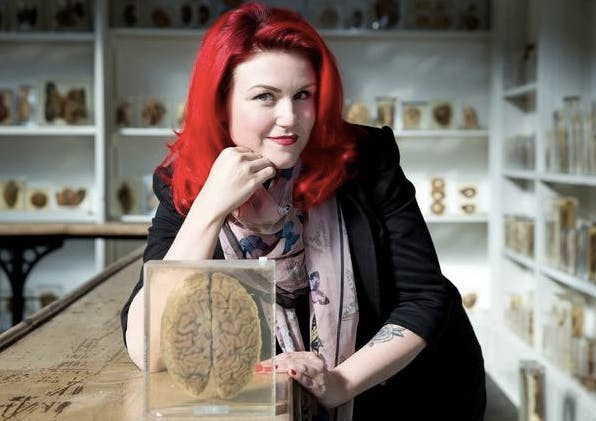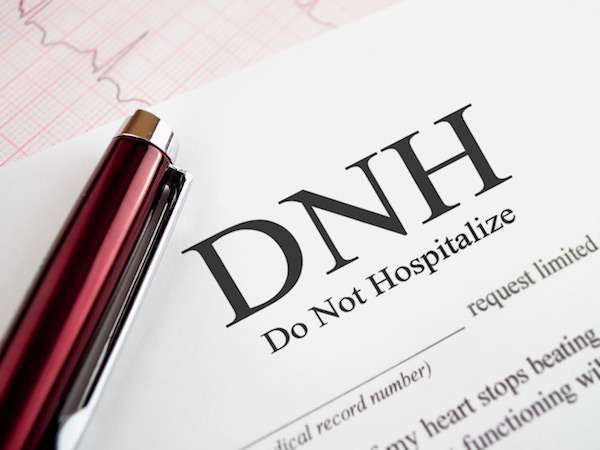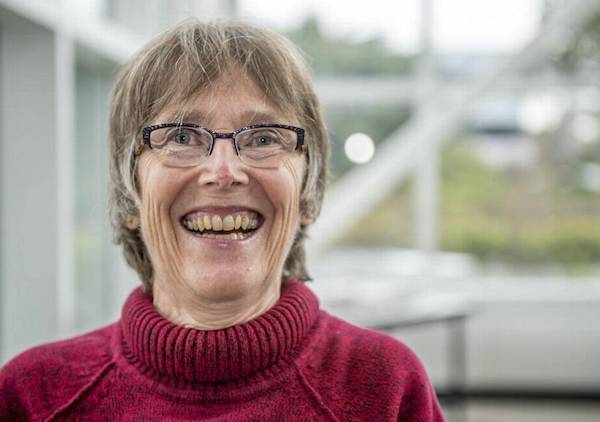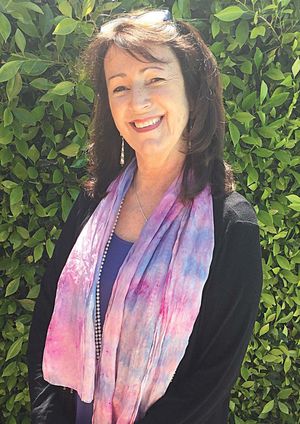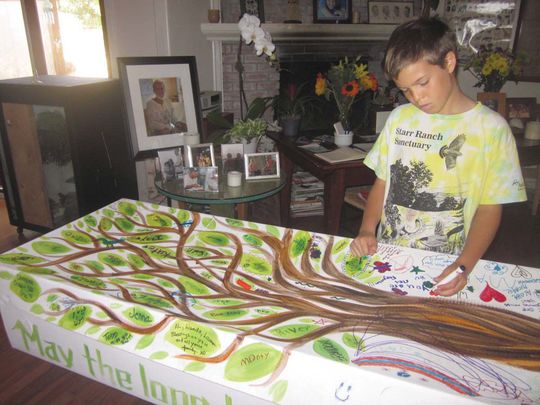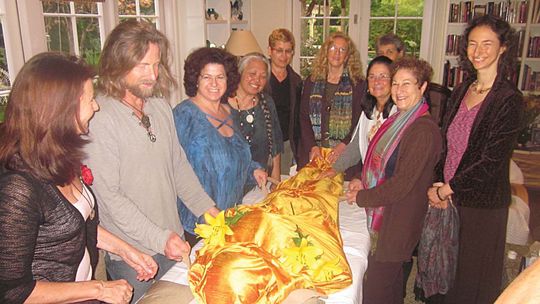By Dana Wilkie
[W]hen someone loses a loved one, it’s not only friends and neighbors who may not know what to do or say—it can also be that person’s employer and colleagues.
From whether to send a sympathy card or flowers to whether to offer bereavement leave or ask an employee when she’ll be back at work, it can be difficult for managers to know how best to support someone who’s grieving.
One common reason people grieve is because they’ve lost a close relative or friend. But people also grieve over divorces, catastrophic illnesses or accidents, and even the passing of a beloved pet.
“Death is, by far, the biggest [cause for grieving], especially if it’s untimely or unexpected,” said Andrew Shatte, a clinical psychologist and co-founder of meQuilibrium, a Boston–based company that helps people and organizations navigate change. “Sudden, cataclysmic loss shakes the very foundation of our beliefs about control and therefore shakes our resilience. There are big individual differences in how people respond to grief and what they need. For some, they need time away from the world, while others need to reimmerse themselves in it. The manager can start the discussion with the grieving employee by asking, ‘What can we do for you?’ ”
Bereavement Leave
There is no federal law requiring that companies offer bereavement leave. Oregon requires employers in the state with at least 25 workers to offer up to two weeks of bereavement leave, while Illinois requires employers with 50 or more workers to grant up to 10 workdays off for the death of a child.
While bereavement leave is not generally covered by the Family and Medical Leave Act (FMLA), the law mandates leave to address issues that arise when an employee’s covered family member (spouse, child or parent) dies on active military duty. A bill recently introduced in Congress would, under the FMLA, allow a grieving parent up to 12 weeks of unpaid leave off from work to cope with the loss of a child.
However, many companies do offer bereavement leave. The time off varies from a few days to a few weeks, said Robin E. Shea, a partner with Constangy, Brooks, Smith & Prophete LLP in
Winston-Salem, N.C.
“Most bereavement policies provide only a few days—about enough time to make arrangements, fly out of town if necessary, attend the funeral and return home,” Shea said. “But that doesn’t mean that employees cannot be given more time. If the employer offers personal leave, or if the employee has paid time off or vacation available, the employer of course should allow the employee to take it.”
In cases involving a particularly devastating loss, Shea said, her experience is that companies give the employee time off with pay, even if there’s no specific policy addressing such a situation. “If they do this” in one instance, she advised, “they would have to do the same for other employees, to avoid discrimination claims.”
How Much Time?
Are there certain types of events that should require more bereavement leave than others? For instance, if an employee loses a child, as opposed to a sister, should an employer be more lenient about time off?
“There are differences,” Shatte said. “Typically the closeness of the relationship matters. We grieve more for siblings than for cousins. Also, the level of unexpectedness, for instance, whether [the loss] involved an accident or a long, prolonged illness. And nothing is more debilitating than the death of a spouse or child.”
Shea suggests that the time off afforded a grieving worker should depend on the size of the employer, the nature of the employee’s job and the loss the employee has suffered.
“My quick answer would be [to allow] as much [time off] as the employee needs and the employer can afford to allow,” she said. “In the case of the death of a spouse or child, or in the case of a very traumatic death, like a murder, accident or suicide, I would seriously consider giving the employee as much as a month off if he or she wanted that much time.”
Returning to Work
It can be tricky for an employer to inquire when a grieving employee plans to return to work.
One way to handle this is to check in periodically with the employee to see how he or she is doing.
“Let the employee know that he or she is missed,” Shea said. Hopefully, the employee will volunteer details about her plans to return during these conversations. Another way is to tell the employee how much paid leave he or she has available and then offer to extend that with unpaid leave, if the employee chooses. In most cases, the employee will need to return to work when the paid leave runs out, Shea said.
Shatte suggests that about a week after the employee has taken bereavement leave, a manager—after consulting with HR and company attorneys—should reach out to the employee and ask what the company can do for him or her. “At that point, they can ask how much time they think they might need, with an offer to touch base periodically to see if anything has changed,” he said.
If an employee is too devastated to return to work, he or she may benefit from counseling. An employer might steer the worker to an employee assistance program or even suggest short-term disability benefits.
“I would never ask an employee to return before he or she felt ready to do so, but at some point, the employer may have to tell the employee that the job cannot be held open indefinitely,” Shatte said.
Expressions of Sympathy
Also tricky is knowing how to extend condolences to a grieving employee. Should the company send a card? Flowers? Provide meals? Should company colleagues attend a memorial service?
“These decisions need to be made by weighing the individual,” Shatte said. “How long have they been with the organization? How close is the manager to the employee? This is a sensitive time, and every outreach should be made only after consulting with HR.”
Shea said that if the memorial or funeral is in town, anyone personally acquainted with the grieving employee should try to find out if their attendance is desired. This includes the employee’s direct supervisor, she said, and possibly others further up the chain of command.
The HR department, she said, can coordinate expressions of sympathy on behalf of the company, including flowers or cards.
Complete Article HERE!



